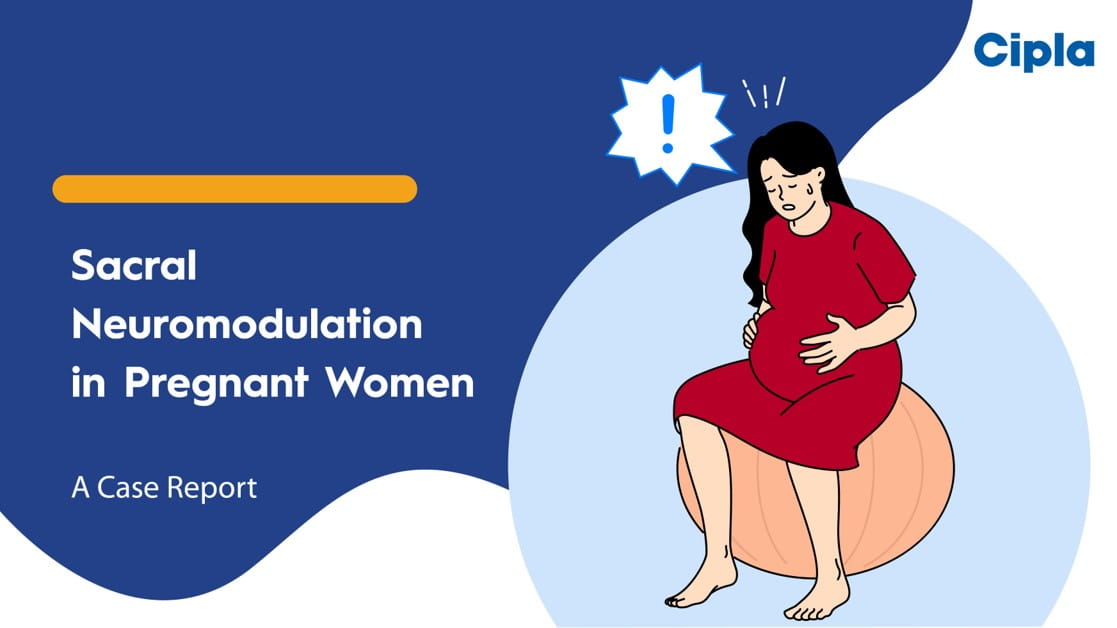EAU 2024: Artificial Intelligence in Urology: Where are We Now?
A virtual human twin, or digital medical twin, is a digital model of a patient that can be regularly updated with new measurements or observations. Artificial intelligence (AI) uses this digital representation to make predictions, classifications, or suggestions for the patient's care. Clinicians oversee the AI's results, ensuring accuracy and relevance to the patient's condition. Virtual twins are often tailored to specific diseases and clinical questions, but future versions will be more versatile, integrating various patient data and accommodating different AI models for complex medical inquiries. The virtual twins are utilized as a means to apply AI in medicine. It emphasizes the importance of tailoring applications to specific contexts along the patient journey and improving data presentation. To achieve this, data integration across various clinical information systems, devices, and sensors is crucial. Despite the complexity of this task, it's described as relatively straightforward engineering work. The approach uses RDF (Resource Description Framework) graphs to handle diverse modalities, observations, measurements, documents, and imaging data. RDF graphs are also used in medical contexts, particularly in navigating complex medical information such as radiological reports, lab findings, and medications. These RDF graphs allow for easy access to specific information and their interconnections. It also explores handling complex medical queries by breaking them into sub-questions, creating a hierarchical structure. However, a challenge arises in propagating uncertainty inherent in AI methods, with distinctions between two types: aleatoric uncertainty, inherent in classification tasks, and epistemic uncertainty, stemming from lack of knowledge or data. Another uncertainty is the epistemic uncertainty in AI systems, which occurs when data is extrapolated beyond the training data, leading to potentially incorrect predictions made with high confidence. To address this, it's crucial for AI systems to not only make correct predictions and recognition of ignorance but also be aware of their limitations and communicate when they are uncertain. Techniques such as spectral normalization and Laplace approximation of a Gaussian process help AI models recognize when they're operating outside their training data.
Examples of applications include an intelligent conference environment for intelligent tumor board discussions and an operating room system for head and neck surgeries; both utilize AI to provide relevant information and adapt to the situation in real time.
Automation plays a crucial role in optimizing surgical procedures. For instance, foot switches are assigned dynamically to the required devices during surgery, streamlining the process and aiding documentation. It assists during procedures and ensures accurate record-keeping, which is crucial for patient care. The system automatically adjusts settings such as lighting to indicate specific stages of intervention, enhancing team awareness. Devices like suction and endoscopic light sources are activated seamlessly. This automation aims to optimize every step of the surgical process. Furthermore, AI is utilized beyond the operating room. The AI can be used for patient education, where the system leverages patient data to suggest tailored educational resources. They touch upon VR-based applications and smart mirrors that facilitate patient interaction through hand gestures. The concept of 'virtual twins' emerges as a key theme—a digital representation of a patient's health status used to inform decision-making and education. In conclusion, AI holds transformative potential in clinical settings, so it's imperative to acknowledge its limitations in healthcare.
European Association of Urology (EAU) Annual Congress 2024, 5th April - 8th April 2024, Paris, France




